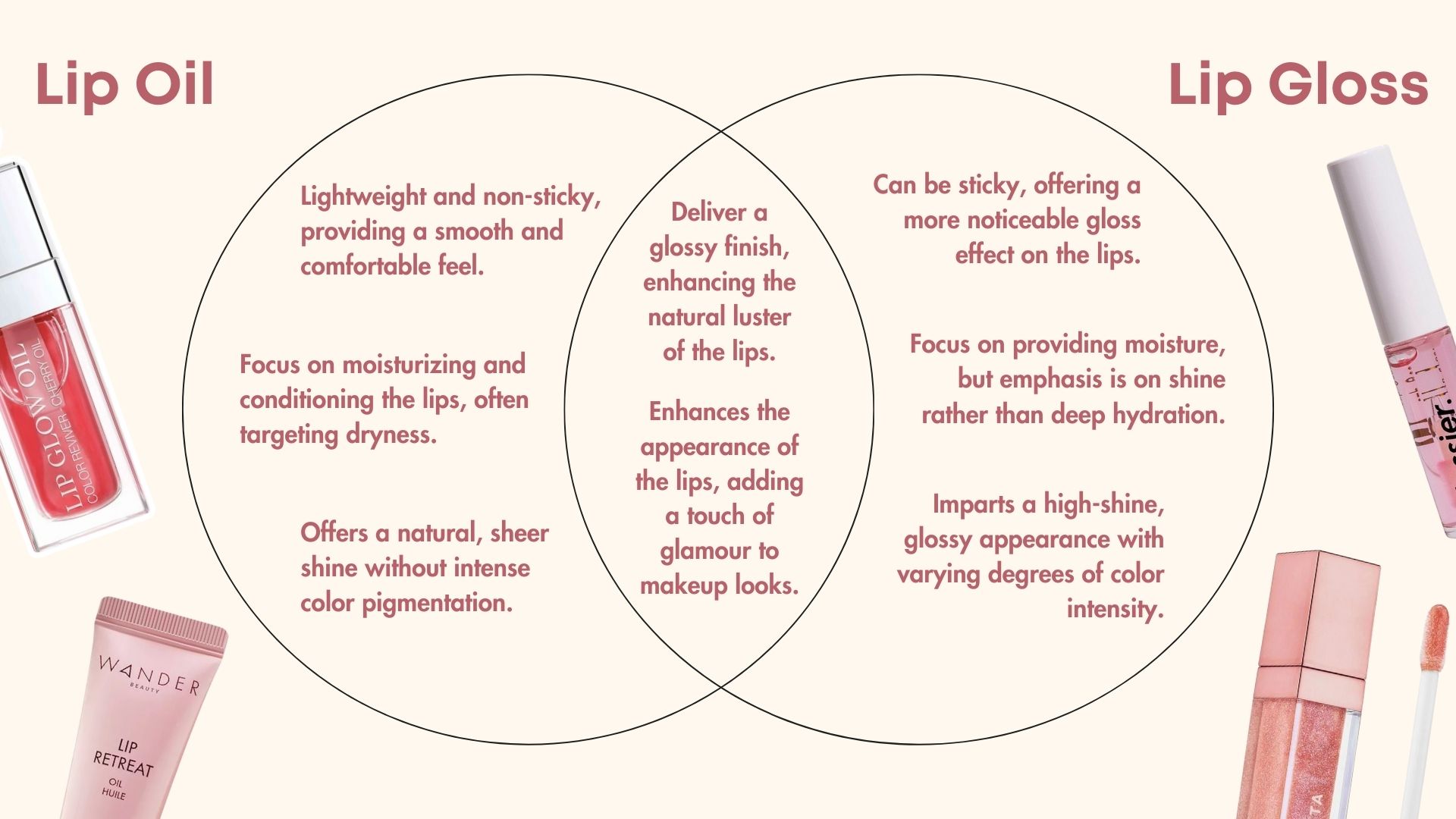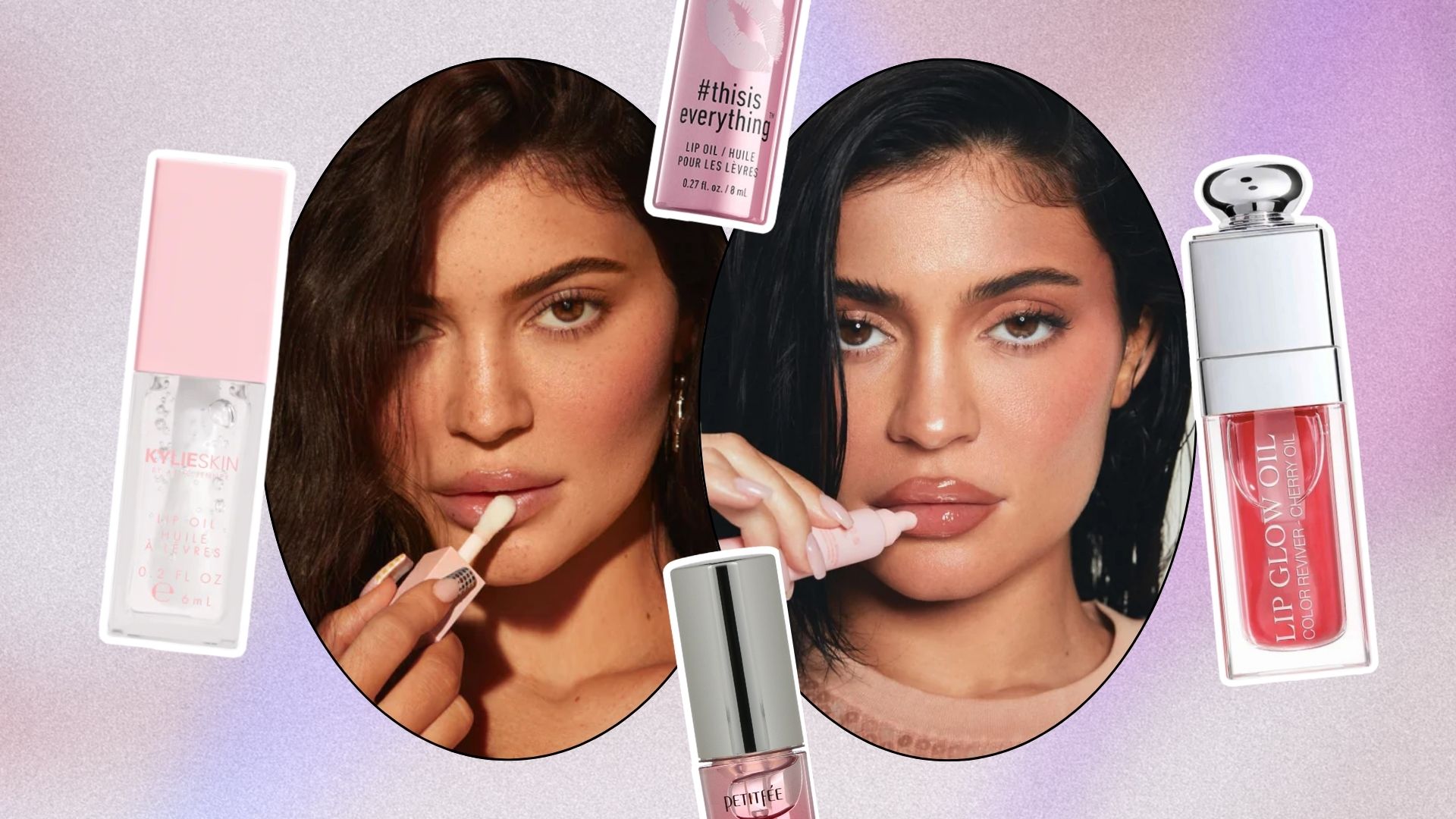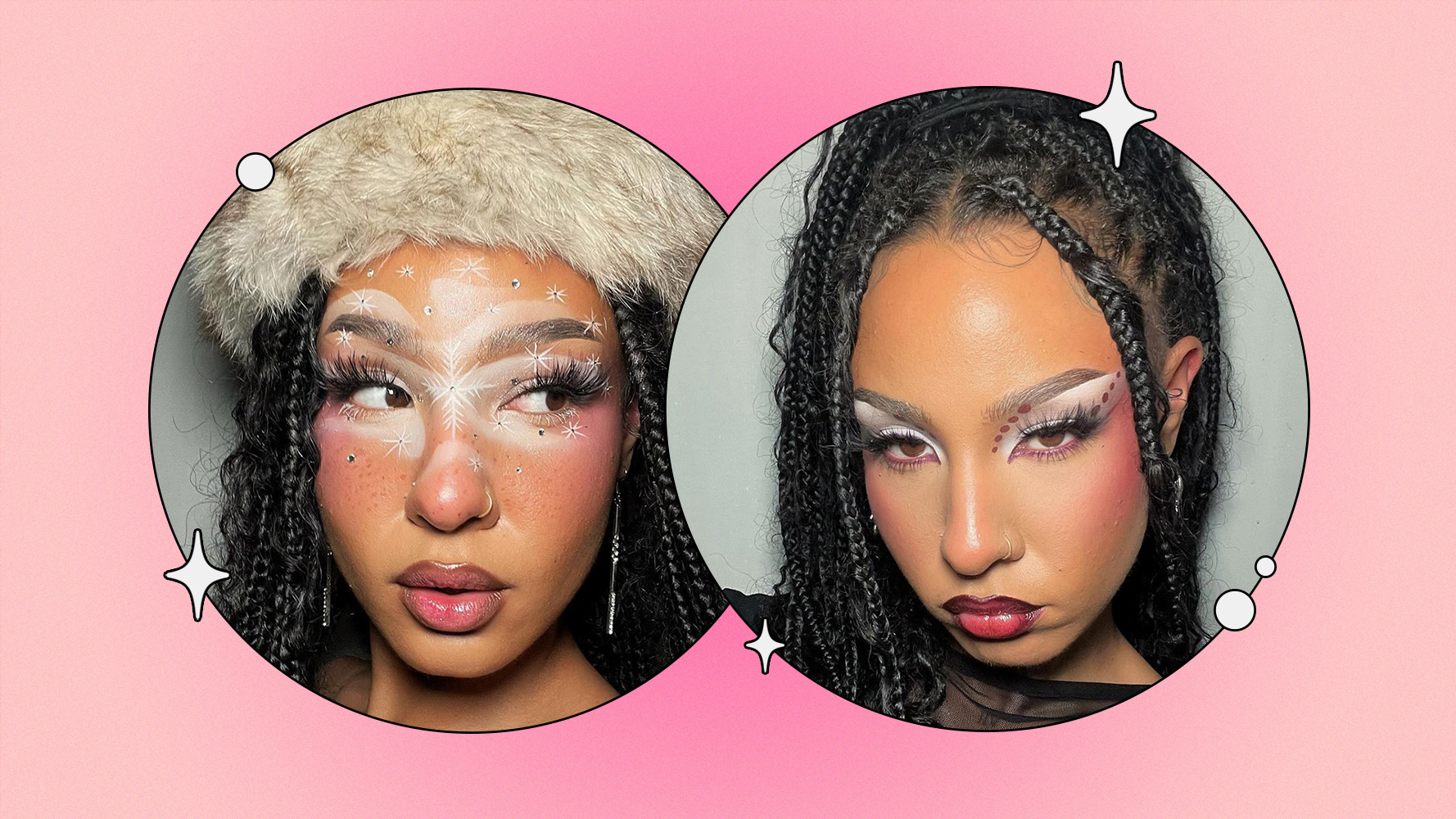Lip oil has quickly become a staple in beauty bags everywhere, and for a good reason. The powerhouse product strikes a perfect balance between delivering intense hydration like a balm and offering the glossy finish of a gloss, all while packing a punch with beneficial nutrients. As more people look for products that enhance their appearance and provide care, it’s definitely become a go-to choice. But what exactly makes it stand out? What does lip oil do that has caught the attention of beauty enthusiasts and casual users alike?
At its core, lip oil is designed to hydrate and nourish, drawing on the best properties of natural oils and vitamins to treat the lips rather than just decorate them. Unlike traditional lip balms or glosses that might sit on the surface, it works its way into the skin to provide lasting benefits and leave behind a subtle, natural sheen. Let’s dive deeper into the benefits that make lip oil a standout choice for anyone looking to elevate their lip care game.
Benefits of Using Lip Oil
The standout feature of lip oil is its ability to hydrate. Packed with emollients and often enriched with hyaluronic acid, these oils create a barrier that locks in moisture, preventing dryness and keeping your lips soft throughout the day and night. This hydration goes deeper than the surface, offering lasting relief from the discomfort of chapped lips.
Beyond moisture, these products are infused with vitamins like E and C, delivering nourishment that promotes healing. Antioxidants in the formula help protect the delicate skin of your lips from environmental stressors, such as pollution and UV rays, reducing damage and aging signs over time.
What sets it apart in the beauty routine is the added aesthetic appeal. Providing a glossy finish without the stickiness of traditional glosses, it enhances your natural lip color for a healthy, polished look. The sheer tint some oils offer can replace heavier lip products for those seeking a lighter, more natural makeup style. With these benefits, it’s clear why many consider it a must-have for both care and beauty.

Composition of Lip Oils
At the core of every bottle of lip oil are ingredients meticulously chosen for their hydrating and healing properties. Key among these are natural oils like coconut, jojoba, and argan. These oils are celebrated for their ability to deeply moisturize without leaving a heavy or sticky feeling behind, making them perfect for lip care.
To boost the nourishing power, vitamins E and C are often added. Vitamin E serves as an antioxidant, guarding the delicate skin of the lips against damage from free radicals and environmental pollutants. Meanwhile, vitamin C contributes to collagen production, which can help in keeping the lips plump and youthful.
For an extra dose of hydration, some lip oils are infused with hyaluronic acid. This ingredient is known for its ability to attract and retain moisture, ensuring lips remain hydrated for extended periods. This carefully crafted blend of oils, vitamins, and hyaluronic acid in lip oils works synergistically to not only moisturize but also rejuvenate the lips, making them an essential part of lip care routines for those seeking soft, healthy lips with a natural shine.
How Lip Oil Compares to Other Lip Products
When stacked against traditional lip balms and glosses, lip oil shines for its unique blend of care and aesthetics. Unlike balms that primarily provide a protective barrier, oil penetrates deeper, offering substantial hydration from within. This means you’re not just shielding your lips from the elements but actively nourishing them.
Glosses, on the other hand, are known for their shine but can sometimes leave lips feeling sticky and can lack beneficial ingredients. Lip oil offers a similar, if not superior, glossy finish without the tackiness, and it’s packed with nutrients that support lip health.
The lightweight texture of lip oil is another advantage. It feels comfortable on the lips, perfect for those who dislike the heaviness of traditional lip care products. Plus, the ease of application and the option for tinted varieties provide a simple, effective way to enhance your natural lip color while keeping them healthy and hydrated. This makes it a versatile choice, suited for both minimal makeup days and as a nourishing base under lipstick.

Application Tips
Incorporating lip oil into your beauty regimen can significantly improve lip hydration and appearance. Here are some tailored tips to maximize its effectiveness:
- Morning and Night: Applying lip oil both in the morning and before bed can offer round-the-clock hydration. Morning application preps your lips for the day, providing a smooth base for lipstick or gloss. At night, a generous layer acts like a hydrating mask, deeply nourishing your lips while you sleep.
- The Right Amount: A little goes a long way. Squeeze a small drop onto your fingertip or use the applicator to apply it directly. Gently spread it over your lips, ensuring even coverage without over-application. This method allows the oil to fully sink in, avoiding any greasy feel.
- Layering: For daytime, lip oil can be a perfect primer under your favorite lip color, enhancing durability and preventing drying matte formulas from flaking. At night, consider layering it over a lip balm for extra moisture, especially during dry seasons or if you’re prone to chapped lips.
FAQ
How do you choose the right lip oil for sensitive lips?
For sensitive lips, search for products formulated with minimal ingredients and free from potential irritants like fragrances, essential oils, or chemical additives. Hypoallergenic and clinically tested products are preferable, as they are less likely to cause a reaction. Ingredients such as chamomile or calendula offer soothing benefits, making them ideal choices.
Can lip oil be used under lipstick for better application?
Yes, applying a thin layer of lip oil under lipstick can improve application by providing a smooth, hydrated base. This not only makes the lipstick glide on more easily but can also prevent it from settling into fine lines or drying out the lips. Wait a few minutes after applying the oil for it to fully absorb before applying lipstick.
What’s the difference in hydration levels between lip oil and lip balm?
Lip oils generally provide a more intense hydration level due to their formulation, which often includes a blend of emollient oils that deeply nourish and moisturize the lips. Balms, while also hydrating, may focus more on creating a protective barrier on the lips to prevent moisture loss. Oils can penetrate deeper into the skin for long-lasting hydration, while balms may require more frequent application to maintain moisture levels.
Published by Malcolm Trapp








